What Is A 35mm Digital Camera?
In the ever-evolving world of photography, the term "35mm digital camera" often surfaces, sparking curiosity and interest among both amateur and professional photographers. This article aims to demystify what a 35mm digital camera is, its significance in the realm of photography, and how it compares to other types of cameras. By the end of this article, you will have a comprehensive understanding of 35mm digital cameras, their features, and why they might be the right choice for your photographic needs.
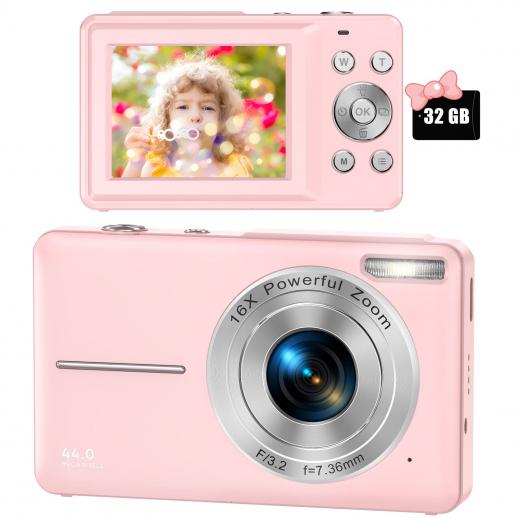
Understanding the 35mm Digital Camera
To begin with, it's essential to clarify what "35mm" refers to in the context of digital cameras. Historically, 35mm film was the standard for analog photography, known for its versatility and quality. When digital cameras emerged, the term "35mm" transitioned to describe the sensor size that mimics the dimensions of the traditional 35mm film frame. This sensor size is also known as "full-frame."
A 35mm digital camera, therefore, is a digital camera equipped with a full-frame sensor. This sensor measures approximately 36mm x 24mm, which is the same size as a single frame of 35mm film. Full-frame sensors are larger than the sensors found in crop-sensor cameras (APS-C) and micro four-thirds cameras, which has significant implications for image quality, depth of field, and overall performance.
Key Features of 35mm Digital Cameras
1. Image Quality: One of the most significant advantages of 35mm digital cameras is their superior image quality. The larger sensor size allows for more light to be captured, resulting in higher resolution images with better detail and less noise, especially in low-light conditions.
2. Depth of Field: Full-frame sensors provide a shallower depth of field compared to smaller sensors. This means that photographers can achieve a more pronounced background blur (bokeh), which is particularly desirable in portrait photography.
3. Dynamic Range: 35mm digital cameras typically offer a wider dynamic range, allowing for better detail in both the shadows and highlights of an image. This is crucial for high-contrast scenes where preserving detail across the entire tonal range is essential.
4. Lens Compatibility: Full-frame cameras are compatible with a wide range of lenses, including those designed for 35mm film cameras. This compatibility provides photographers with more options and flexibility in their lens choices.
5. Build Quality and Features: Many 35mm digital cameras are built to professional standards, offering robust construction, weather sealing, and advanced features such as high-speed continuous shooting, 4K video recording, and sophisticated autofocus systems.
Comparing 35mm Digital Cameras to Other Types
When considering a 35mm digital camera, it's helpful to compare it to other types of cameras to understand its unique advantages and potential drawbacks.
1. APS-C Cameras: APS-C cameras have smaller sensors (approximately 22mm x 15mm) compared to full-frame cameras. While they are generally more affordable and lighter, they do not offer the same level of image quality, depth of field control, or dynamic range as 35mm digital cameras. However, APS-C cameras are still highly capable and are often preferred by hobbyists and those looking for a more compact system.
2. Micro Four Thirds Cameras: These cameras have even smaller sensors (17.3mm x 13mm) and are known for their compact size and lightweight design. They are excellent for travel and street photography but fall short in low-light performance and depth of field control compared to full-frame cameras.
3. Medium Format Cameras: On the other end of the spectrum, medium format cameras have larger sensors than 35mm digital cameras, offering even higher image quality and dynamic range. However, they are significantly more expensive, bulkier, and slower in operation, making them less practical for everyday use.
Practical Applications of 35mm Digital Cameras
Given their superior image quality and versatility, 35mm digital cameras are well-suited for a variety of photographic genres. Here are some practical applications:
1. Portrait Photography: The shallow depth of field and excellent bokeh produced by full-frame sensors make 35mm digital cameras ideal for portrait photography. Photographers can achieve stunning subject isolation and creamy backgrounds that enhance the overall aesthetic of the image.
2. Landscape Photography: The high resolution and dynamic range of 35mm digital cameras allow landscape photographers to capture intricate details and a wide range of tones in their images. The ability to use a variety of wide-angle lenses also helps in capturing expansive scenes.
3. Event Photography: For wedding and event photographers, the low-light performance and fast autofocus of 35mm digital cameras are invaluable. These features ensure that photographers can capture important moments with clarity and precision, even in challenging lighting conditions.
4. Commercial and Fashion Photography: The high image quality and professional features of 35mm digital cameras make them a staple in commercial and fashion photography. The ability to produce large, high-resolution prints is essential for advertising and editorial work.
5. Videography: Many 35mm digital cameras offer advanced video capabilities, including 4K recording, making them suitable for professional videography. The full-frame sensor provides a cinematic look with excellent low-light performance and depth of field control.
Choosing the Right 35mm Digital Camera
When selecting a 35mm digital camera, there are several factors to consider:
1. Budget: Full-frame cameras can be expensive, so it's essential to determine your budget and find a camera that offers the best value for your needs. Entry-level full-frame cameras provide excellent performance at a more affordable price, while high-end models offer advanced features for professional use.
2. Brand and Ecosystem: Consider the brand and its ecosystem of lenses and accessories. Major brands like Canon, Nikon, Sony, and Panasonic offer extensive lens lineups and accessories that can enhance your photographic experience.
3. Specific Features: Identify the features that are most important to you, such as autofocus performance, video capabilities, weather sealing, and ergonomics. Different models offer varying strengths, so choose one that aligns with your specific requirements.
4. Future-Proofing: Investing in a full-frame camera is a significant decision, so consider your long-term needs. A camera with room for growth in terms of features and capabilities can be a wise investment.
A 35mm digital camera, with its full-frame sensor, offers unparalleled image quality, depth of field control, and versatility. Whether you are a professional photographer or an enthusiast looking to elevate your craft, a 35mm digital camera can provide the tools you need to capture stunning images across various genres. By understanding the key features, comparing them to other types of cameras, and considering your specific needs, you can make an informed decision and choose the right 35mm digital camera to enhance your photographic journey.



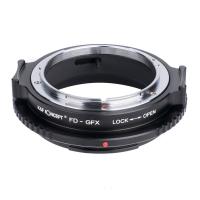
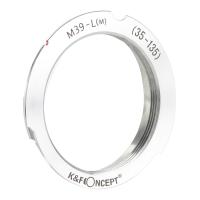
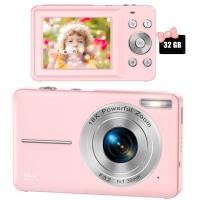
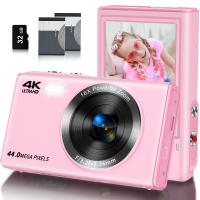
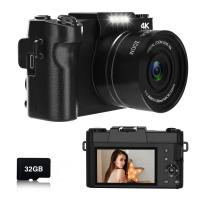
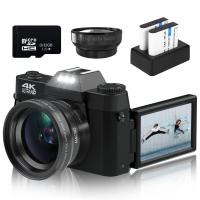
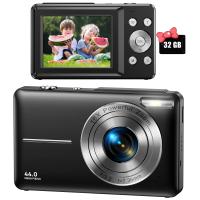
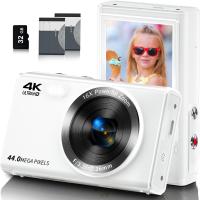
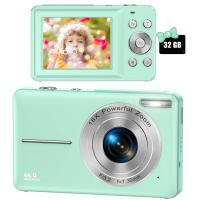
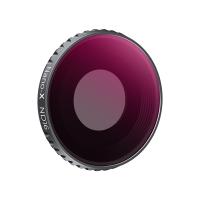








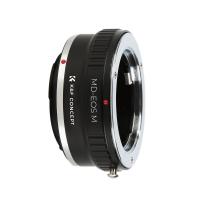
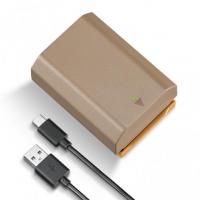
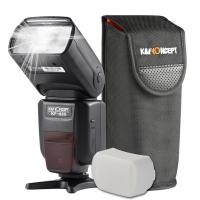
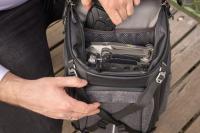


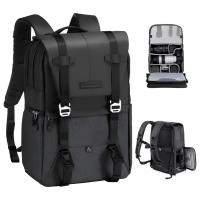



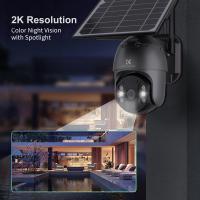

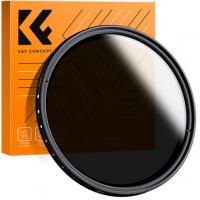



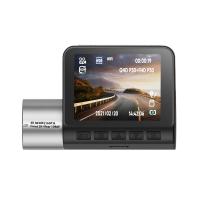

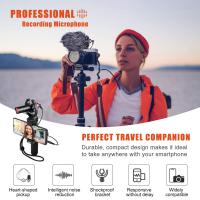
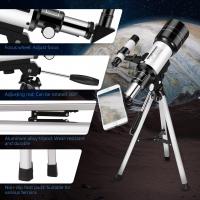
There are no comments for this blog.